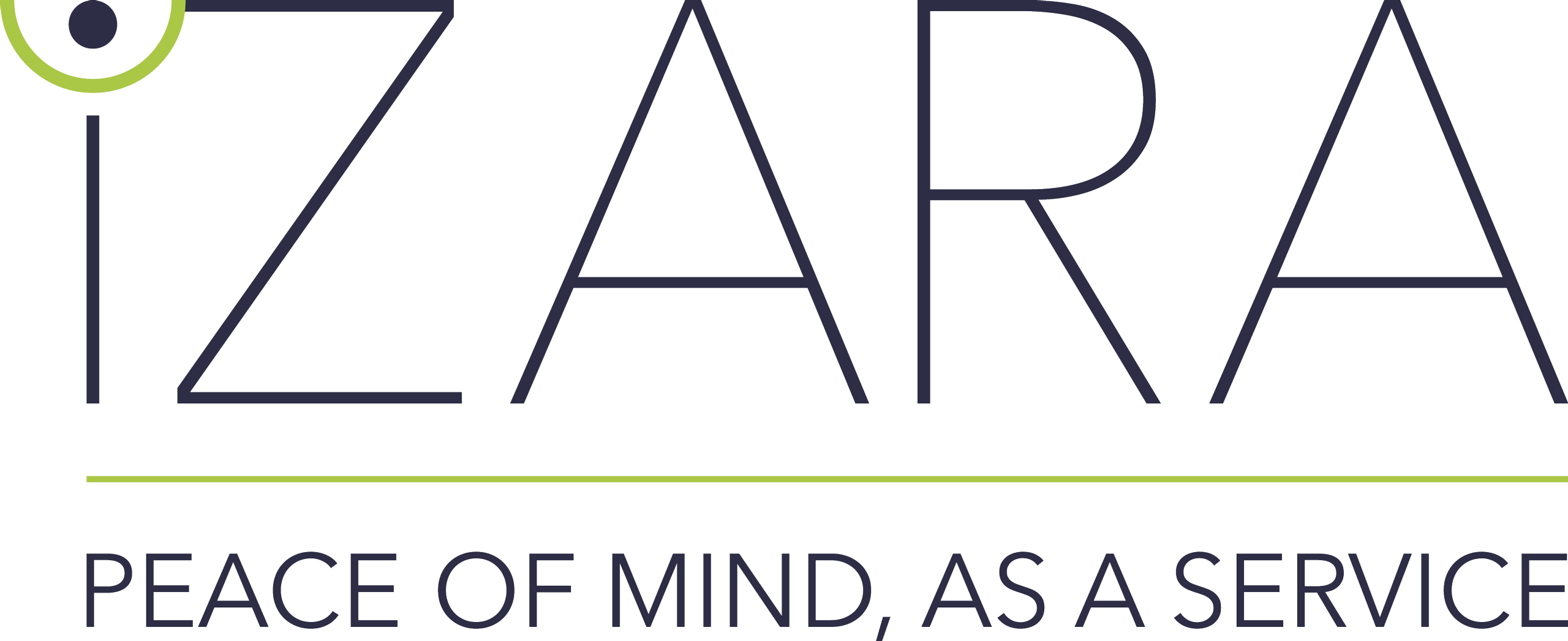
Key benefits
- Overview of business opportunities with AI
- Identify AI use cases regarding efficiency and value
- Input to data architecture, AI services, and AI support
- Plan for creating organizational buy-in, motivation, and anchoring
- Input to decision support and communication plan

Overview of business opportunities with AI
Conducting an AI organizational gap assessment is a strategic tool essential for companies looking to integrate or enhance AI technologies within their operations.
This assessment evaluates the discrepancies between an organization’s AI capabilities and targeted goals, informing critical strategic decisions. It ensures that AI initiatives are aligned with the broader organizational goals, optimizing the return on investment and preventing disjointed efforts that may arise from uncoordinated initiatives. By identifying gaps in skills, technology, and processes, the assessment guides the effective allocation of resources, which could involve training existing staff, recruiting new talent, or upgrading technological infrastructure. It also plays a critical role in managing risks associated with AI deployment, such as issues related to data privacy, ethics, and regulatory compliance.
As AI technology evolves rapidly, continuous reassessment through gap assessments is necessary to maintain a competitive edge. This process is not merely a procedural checklist but a fundamental step in leveraging AI to drive significant business value, ensuring that AI capabilities thoroughly align with the organization’s needs and ambitions.
Identify AI use cases regarding efficiency and value
Identifying AI use cases focused on enhancing efficiency and creating value is a pivotal step for organizations aiming to leverage artificial intelligence strategically.
This process begins with a comprehensive understanding of the organization’s current operations, pain points, and strategic goals. Analyzing existing workflows, data flows, and performance metrics makes it possible to pinpoint areas where AI can make the most significant impact, whether through automating repetitive tasks, enhancing decision-making with predictive analytics, or optimizing resource allocation.
Central to this endeavor is the collaboration between cross-functional teams that bring together IT specialists, data scientists, and business unit leaders. This collaboration also facilitates the evaluation of potential ROI, helping prioritize use cases that offer the highest value relative to cost and effort.
Further, it’s crucial to consider the scalability and integration of AI solutions into existing systems. This involves an assessment of the technical infrastructure, data quality, and governance frameworks to support AI initiatives.
Input to data architecture, AI services, and AI support
Implementation of artificial intelligence across an organization hinges on a well-structured data architecture that can efficiently manage the volume, variety, and velocity of data.
A robust data architecture ensures that AI systems produce reliable and accurate outputs, crucial for maintaining data integrity and security. Integrated data services complement this architecture by facilitating seamless data flow and real-time interactions, which are essential for the responsiveness and adaptability of AI applications. These services help AI systems swiftly adjust to evolving data and business needs.
Equally important is a robust support system tailored to both the technical and operational aspects of AI deployment. This includes maintenance, updates, troubleshooting, and comprehensive training for users across the organization, ensuring that AI tools are used effectively and contribute to business goals.
Overall, the foundation for broad AI implementation involves a combination of strategic data architecture, integrated services, and practical support systems, all underpinned by insightful decision-making. This approach not only facilitates the smooth integration and operation of AI technologies but also enhances their capacity to drive innovation and deliver substantial business value.
Plan for creating organizational buy-in, motivation, and anchoring
Implementing artificial intelligence broadly within an organization requires more than just technological integration; it necessitates creating a culture of acceptance and enthusiasm. The journey to widespread AI adoption is paved by securing organizational buy-in, fostering motivation, and ensuring the initiative is deeply anchored in the organization’s strategic fabric.
The first step in this process is to articulate a clear vision that links AI to the organization’s broader goals. This vision should highlight how AI can solve existing problems, enhance efficiency, and drive innovation, making it relevant to all stakeholders.
Engaging with stakeholders early and often is also essential. This includes discussions with teams that will be directly affected by AI implementations and those whose work will indirectly change.
Training and development programs also play a critical role in building employee competence and confidence. These programs should be tailored to various organizational roles, ensuring that employees have the necessary skills and understanding to leverage AI in their work.
Input to decision support and communication plan
An AI organizational gap assessment is a critical tool for companies venturing into or expanding their use of artificial intelligence. This strategic assessment delivers vital insights that aid in decision support and formulating a communication plan, two essential components for successful AI integration.
Decision-makers gain a clearer view of where investments and interventions are necessary, whether in technology infrastructure, workforce training, or process reengineering.
These insights are invaluable not only for strategic planning but also for crafting an effective communication plan. Such a plan is crucial as it addresses how the changes brought by AI will be communicated across the organization. The communication plan, informed by the gap assessment, ensures that all stakeholders understand the rationale behind AI initiatives, the expected benefits, and the individual’s role in this transformation. It helps in setting realistic expectations and mitigating any resistance to change.
Overall, conducting an AI organizational gap assessment enables organizations to approach AI implementation with a well-informed strategy and straightforward communication tactics, enhancing the likelihood of successful adoption.
